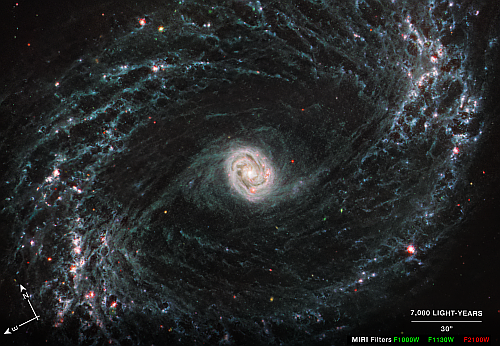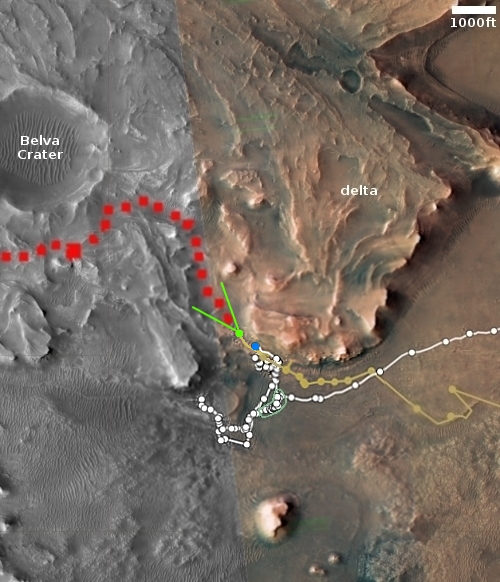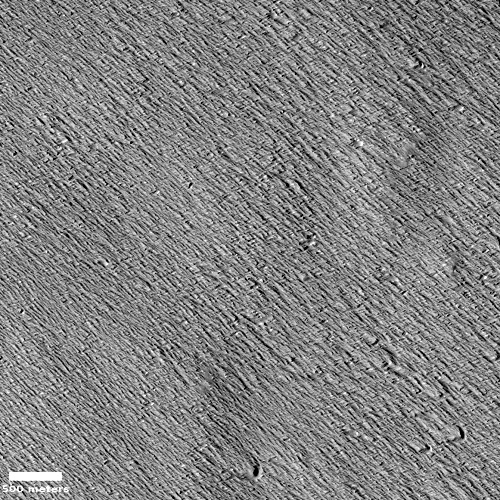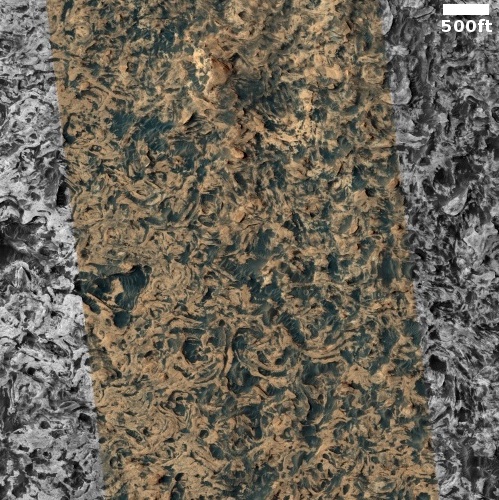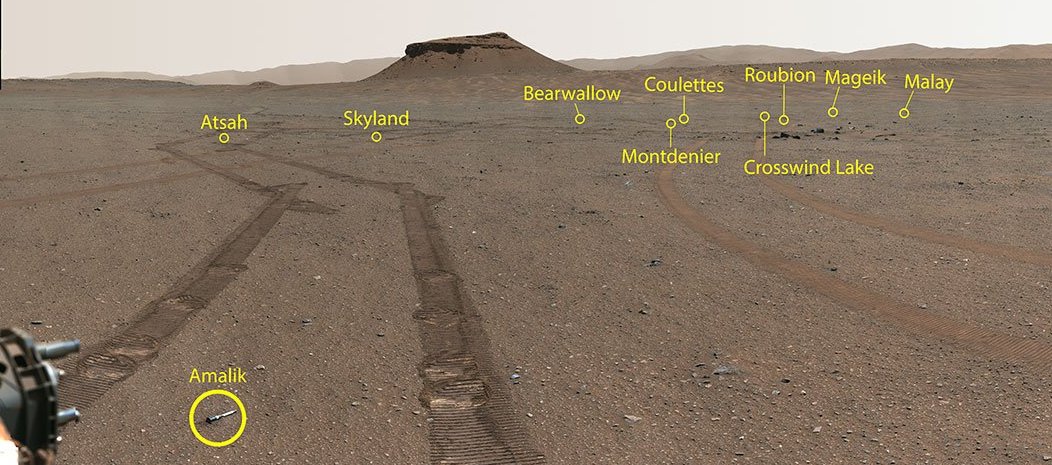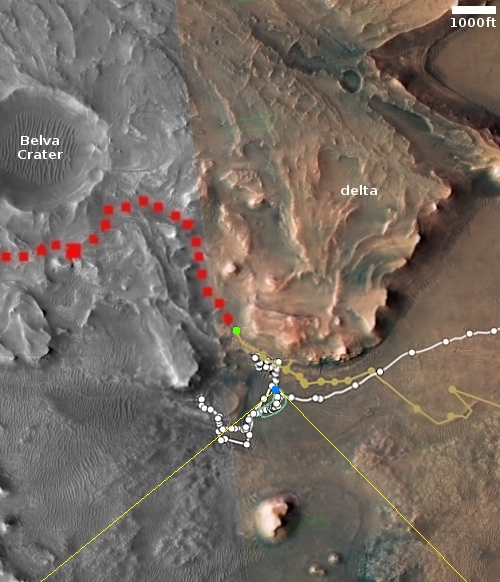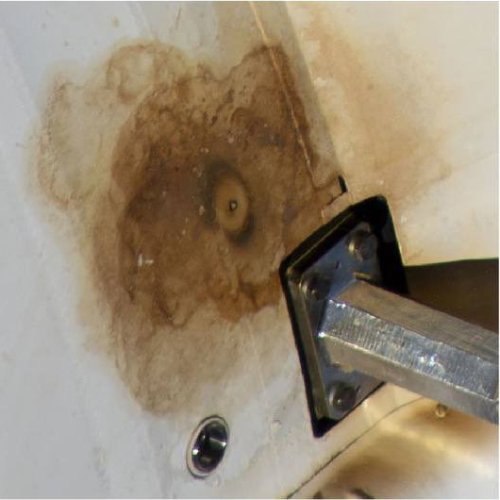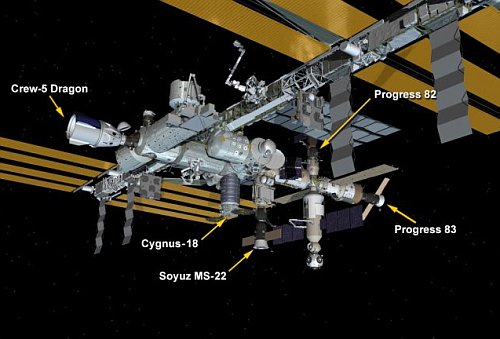Inspection of leaking Progress after undocking detects no obvious damage
After undocking the Progress freighter from ISS yesterday, Russian astronauts on the station rolled it so that all sides of its service module could be photographed and inspected in the hope of spotting the leak in its coolant system that sprung on February 11th.
No visual damage has been detected at the Progress MS-21 spacecraft after it undocked from the International Space Station. “After the Progress MS-21 cargo spacecraft undocked from the International Space Station’s Poisk mini-research module, footage was made of its exterior surface and no visual damage was detected,” the statement [from Roscosmos] reads.
Initially the Russians postponed its de-orbit as they considered the idea of redocking the freighter to another port on the Russian half of ISS in order to inspect it more closely, but eventually they decided to fore-go that plan and de-orbit it on February 19th, one day later.
In watching the live stream of the undocking and the roll maneuver, I thought I saw a partial reddish-orange stain, similar to the stain around the hole that occurred in the Soyuz capsule in December, but it was mostly hidden behind other equipment and the Russians seemed to not consider this significant.
After undocking the Progress freighter from ISS yesterday, Russian astronauts on the station rolled it so that all sides of its service module could be photographed and inspected in the hope of spotting the leak in its coolant system that sprung on February 11th.
No visual damage has been detected at the Progress MS-21 spacecraft after it undocked from the International Space Station. “After the Progress MS-21 cargo spacecraft undocked from the International Space Station’s Poisk mini-research module, footage was made of its exterior surface and no visual damage was detected,” the statement [from Roscosmos] reads.
Initially the Russians postponed its de-orbit as they considered the idea of redocking the freighter to another port on the Russian half of ISS in order to inspect it more closely, but eventually they decided to fore-go that plan and de-orbit it on February 19th, one day later.
In watching the live stream of the undocking and the roll maneuver, I thought I saw a partial reddish-orange stain, similar to the stain around the hole that occurred in the Soyuz capsule in December, but it was mostly hidden behind other equipment and the Russians seemed to not consider this significant.

